It is early summer but irrigation and hydroelectric reservoirs across the country are already below dead water level. Water flow in rivers and streams is also seriously lacking. A severe summer of water shortage is forecast, leading to a series of consequences for the environment and people's lives.
For many years, experts have repeatedly warned about deforestation and afforestation using acacia trees, but the area of acacia forests is increasingly expanding, inversely proportional to the area of natural forests that is increasingly shrinking.
For a long time, Acacia auriculiformis was considered a “poverty alleviation tree”, ignoring the warnings of experts. And now, whether in the rainy season or the dry season, the people themselves have to suffer terrible consequences, even paying with their lives, due to deforestation and Acacia auriculiformis plantation.
According to the announcement of the national forest status in 2021 by the Ministry of Agriculture and Rural Development, the forested land area including planted forests with closed canopy is 14,745,201 hectares, of which natural forests account for 10,171,757 hectares and planted forests account for 4,573,444 hectares. The forested land area meeting the standards to calculate the national coverage rate is 13,923,108 hectares, with a coverage rate of 42.02%.
If we go back 1 year, the area of planted forests and forested land that meets the standards to calculate the national coverage rate in 2021 increased compared to 2020, but the area of natural forests in 2021 decreased compared to 2020, and of course, the area of planted forests increased compared to 2020.
This shows that, although the Government declared “forest closure” since 2016, up to now, the area of natural forests is still shrinking; forest quality and water retention capacity of forests are decreasing. Evidence of this risk is the increasingly serious flash floods and floods in the rainy season and water depletion in rivers and streams in the dry season.
Therefore, to minimize risks caused by floods and droughts in the coming time, the Government should have strong and strategic policies and measures to quickly reduce the area of acacia forests and quickly replace them with large timber forests to improve forest quality and increase the forest's water retention capacity.
Reducing the area of acacia plantations and replacing large timber trees in the planted forest area does not stop at "calling" but must be implemented by administrative orders, by law and implemented according to scientific planning and plans from scale, area, species to avoiding mass harvesting to ensure the minimum area to retain water and soil.
It can be said that this is the right time to "push" the transformation of both "quantity" and "quality" for forests in Vietnam, because in 2025, Vietnam will pilot the carbon credit trading floor, moving towards organizing the official operation of the carbon credit trading floor in 2028 as well as regulating the activities of connecting and exchanging domestic carbon credits with the regional and world carbon markets.
In early May, AstraZeneca announced a new investment of 50 million USD in Vietnam under the global program called AZ Forest. Thus, in the next 5 years, it is expected that 22.5 million trees will be planted on more than 30,500 hectares of land to restore forests and landscapes in Vietnam, creating conditions for biodiversity development and supplementing sustainable livelihoods for more than 17,000 farming households.
Reforestation is designed to maximize benefits such as: large-scale biodiversity benefits; improved food and nutrition for local communities; soil and water conservation; increased resilience to climate change, reduced risk of natural disasters; and carbon sequestration.
Forest restoration is urgent work, the sooner the better.
Source link


![[Photo] Hanoi morning of October 1: Prolonged flooding, people wade to work](https://vphoto.vietnam.vn/thumb/1200x675/vietnam/resource/IMAGE/2025/10/1/189be28938e3493fa26b2938efa2059e)



![[Photo] President of the Cuban National Assembly visits President Ho Chi Minh's Mausoleum](https://vphoto.vietnam.vn/thumb/1200x675/vietnam/resource/IMAGE/2025/10/1/39f1142310fc4dae9e3de4fcc9ac2ed0)
![[Photo] Keep your warehouse safe in all situations](https://vphoto.vietnam.vn/thumb/1200x675/vietnam/resource/IMAGE/2025/10/1/3eb4eceafe68497989865e7faa4e4d0e)
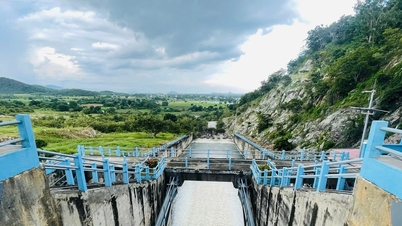

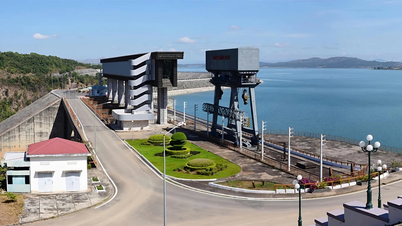
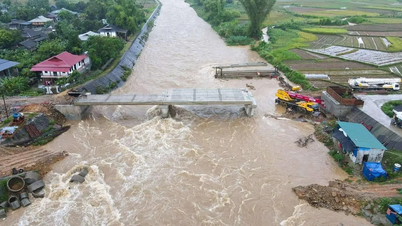

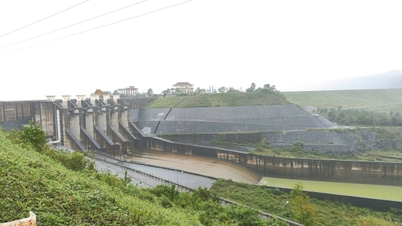

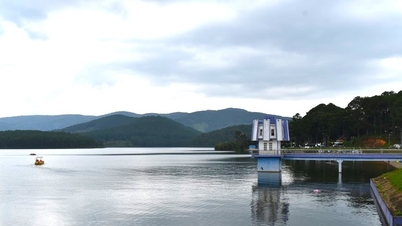







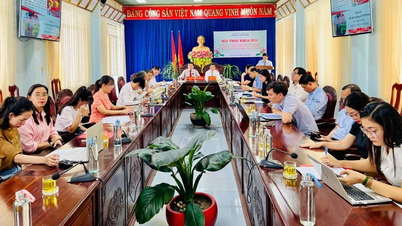
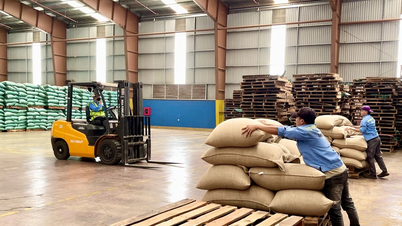






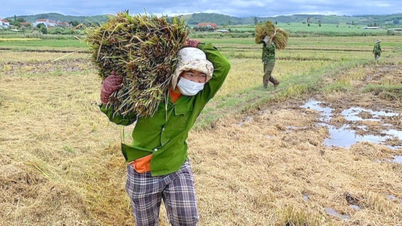



































































Comment (0)